In the Philippines, Surigao is the greatest haven or center of the Large Motor Banca type of vessel. This is because of the many islands in the area which are not yet well-developed for steel-hulled vessels that cost more to operate aside from needing a much, much bigger investment at the start. Passengers and traders also prefer the Large Motor Banca because of its ubiquity and the type can dock in the most basic of landing areas. Among Large Motor Bancas in the country the Surigao design is the most beautiful and most luxurious in the country.
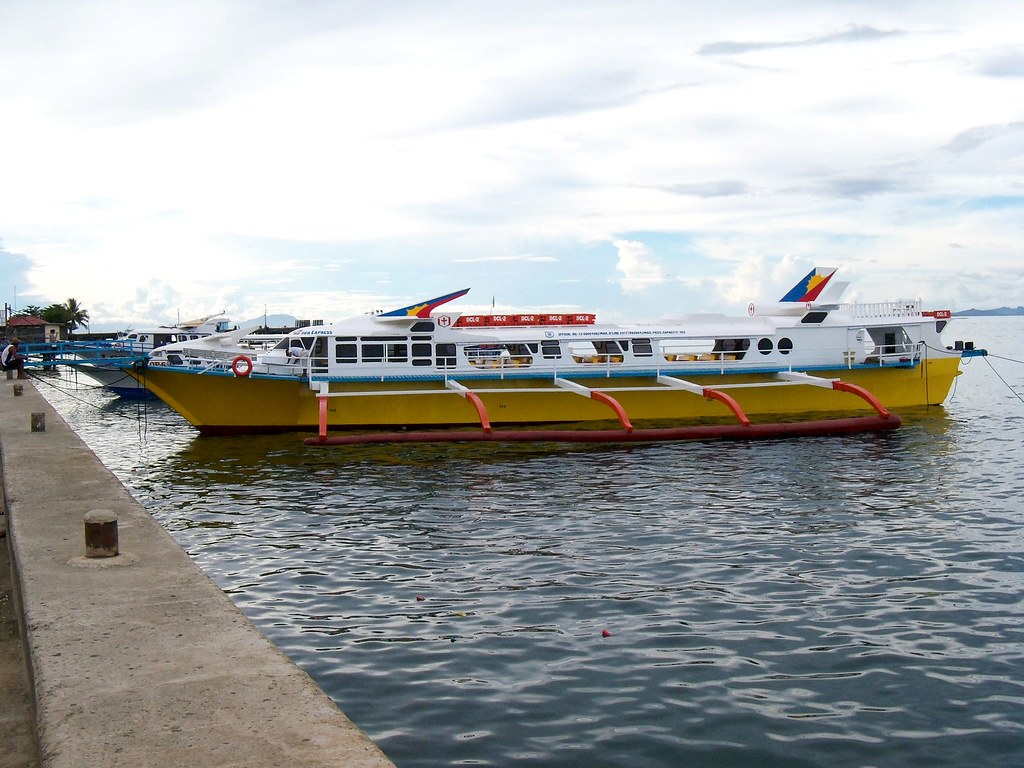
The Large Motor Bancas of Surigao serve the Dinagat and Siargao islands mainly along with some Surigao City islands especially Nonoc Island and the Bucas Grande Island. These islands have about twenty towns while Nonoc island, though not a town has the biggest nickel mine in the country. Although there are main ports of entry to the islands with steel-hulled ferries to Dinagat and Siargao (and two fastcrafts, too) the Surigao Large Motor Banca continues to thrive as the type goes straight to the individual towns or even to the barrio. There is also a big volume of passengers and cargo as Surigao City is still the main market and recreation area of the islands. From the islands, harvest of the sea and land is carried (like copra and other crops) along with the passengers and going back groceries, dry goods and other supplies are carried. Other uses of the Surigao Large Motor Banca are to serve as supply ships of the mines in the area and also as pilot/tender boats.

There are also Large Motor Bancas that connect San Ricardo town in Southern Leyte to Surigao City. Historically the southern tip of Panaon island has been linked to Surigao City because it is nearer than the Leyte centers of commerce. There is also the longer-distance Cabalian to Surigao City Large Motor Bancas which show that once Surigao Strait and Cabalian Bay is just one economic and demographic area.
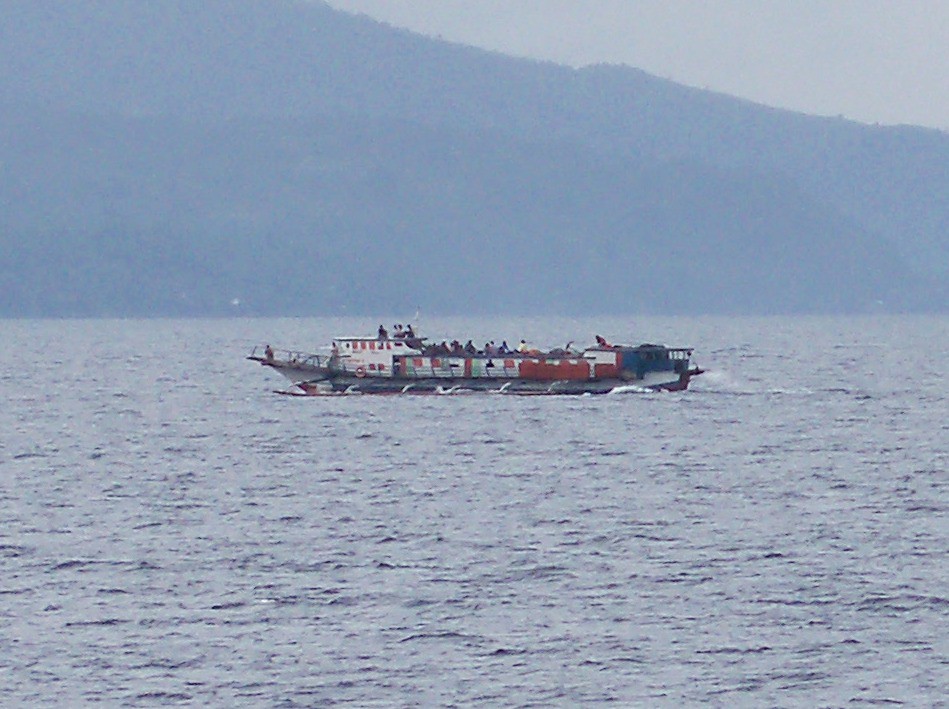
A further proof of this phenomenon are the Large Motor Bancas that connect Liloan town in Panaon island direct to Dinagat island. Today they also connect to the buses coming from Manila. The buses arrive in the late afternoon and these Large Motor Bancas sail at night. The bancas then from Dinagat will connect to the buses leaving Liloan for Manila in the morning. However, most of the banca passengers will still be locals.
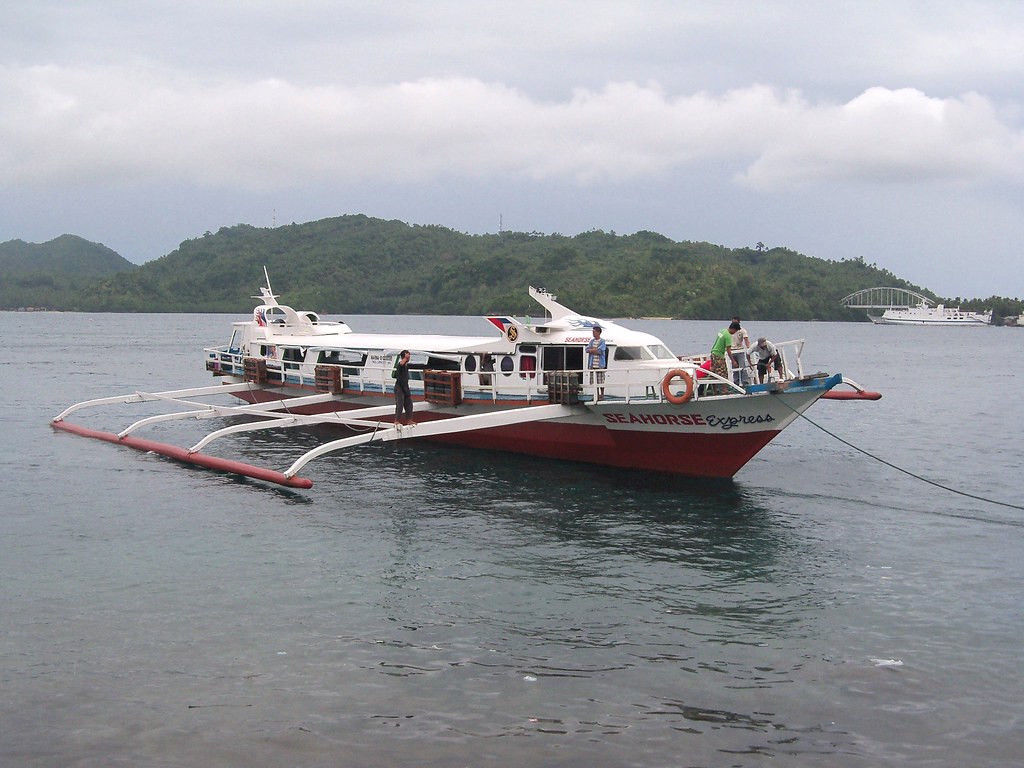
These ferries usually have a length of about 20 to 30 meters and a breadth of two to three meters. Some have VIP accommodation on a second deck where the pilot house is also located. That section is reserved for local officials, businessmen, other dignitaries and close relatives. Some have a full second deck and these are the bigger ones. Passenger capacity of 50 is the low end with some reaching up to a hundred. Gross Tonnage can range from 20 to 50 and Net Tonnage from 10 to over 20. Large Motor Bancas here generally have cushioned seats, one of their difference to the Large Motor Bancas of other areas.
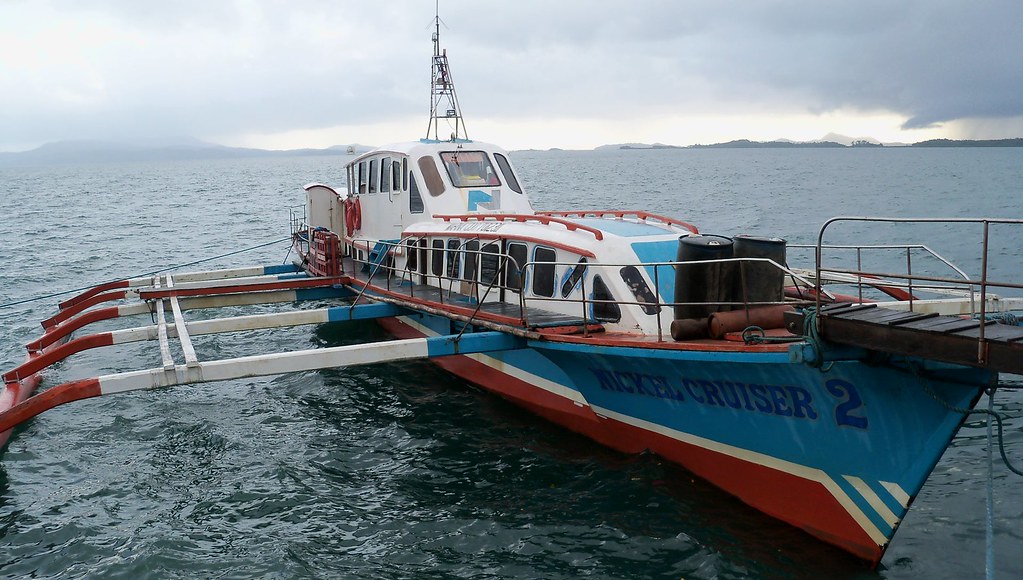
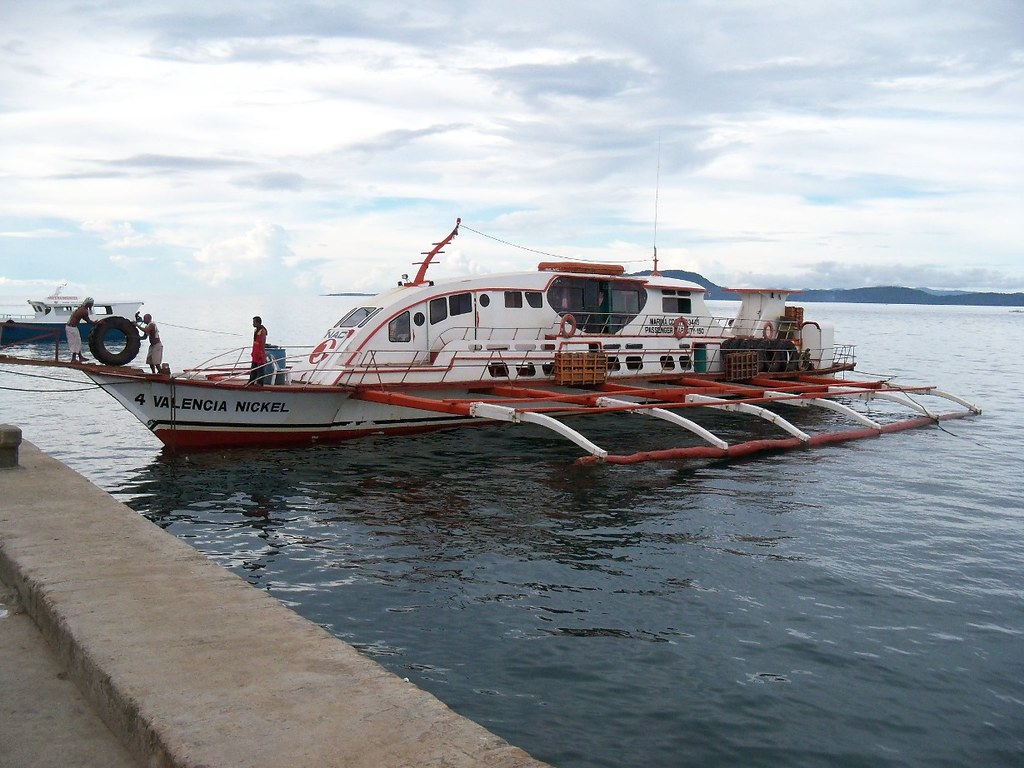
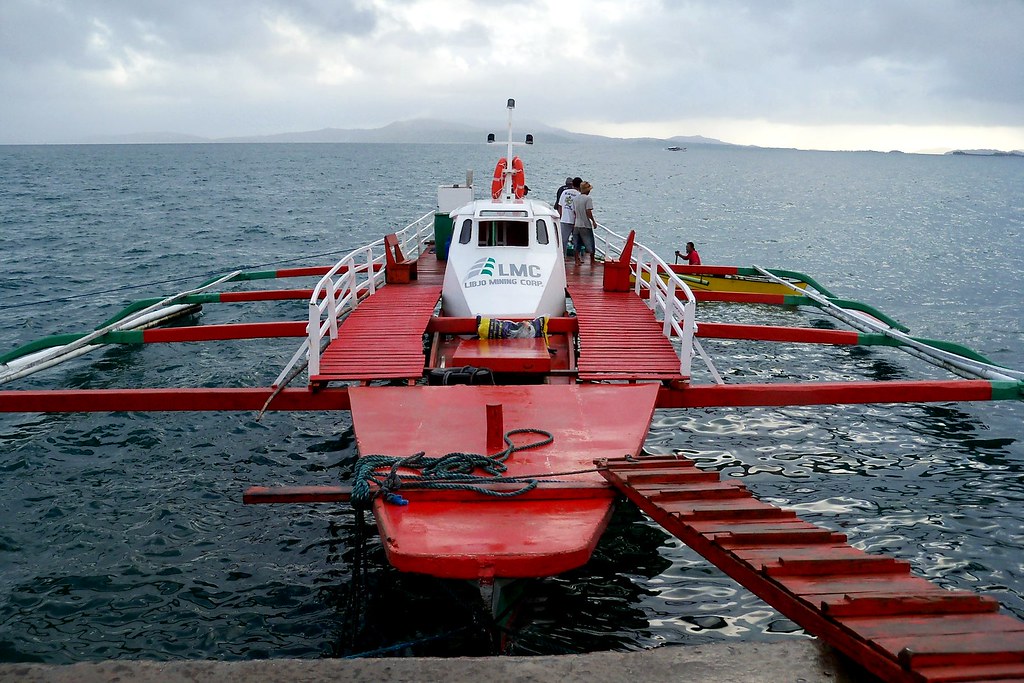
In strong winds and swells the Large Motor Banca cannot and generally do not sail. So it is not unusual if it is already morning and yet they are still not around the Surigao Boulevard, their main landing area and none is leaving. If weather is fair they start arriving in Surigao before dawn and they leave before lunch with the last leaving just past lunch.
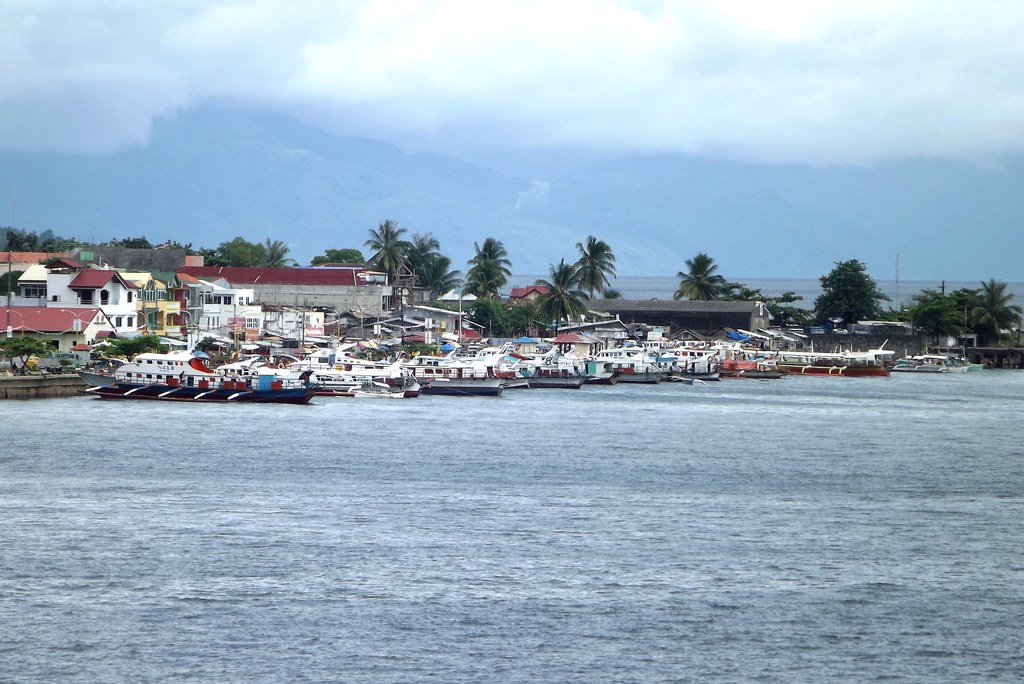
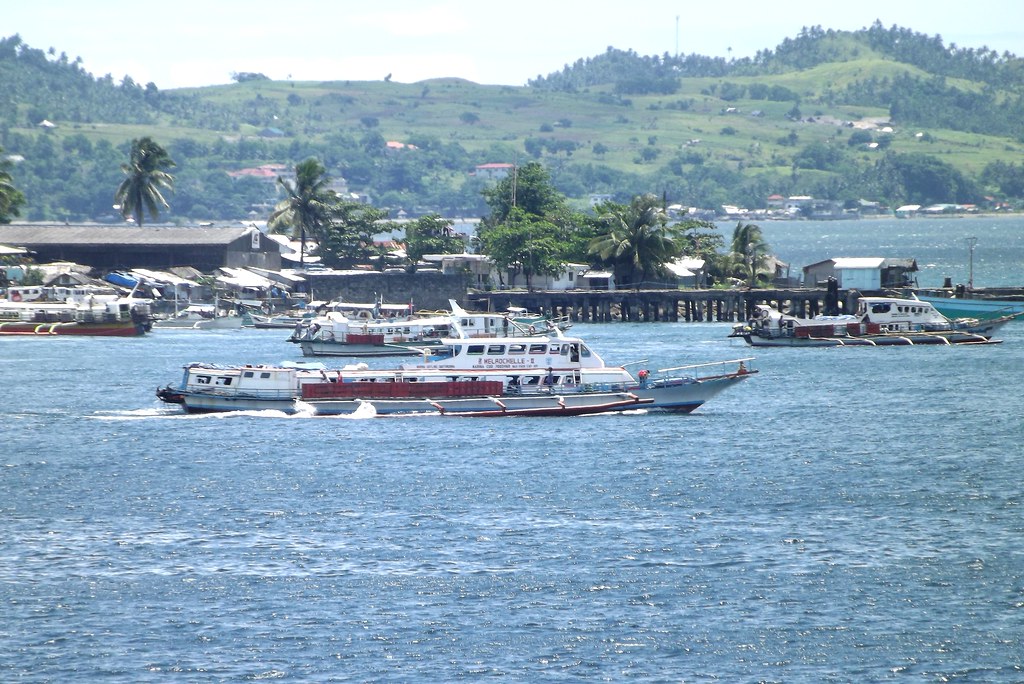

There is actually a huge domestic market for these types of vessels because of our geography. I wonder if there is a governing body for maintaining or upgrading the standards regarding their safety and convenience. Many travellers are still hesitant to ride them because of poor records in providing a safe and hassle-free commute. Construction of some of these vessels are done in uncertified local shipyards, and it is frustrating to know that little oversight is being done here to improve their seaworthiness. This is one of the most important modes of transport in our country and I think we need to put our attention to where it matters most.
Btw, are shipwrecks next in your to-do list sir?
LikeLike
I have a database on maritime hull losses and contrary to the meager list shown by media and Coast Guard we have actually lost a total of about 300 steel-hulled ships and motor boats (batel or lancha) from 1945 and at least 165 of those were ferries. For sure we have lost many more passenger-cargo motor bancas and Surigao is notorious for that. The thrust now of government is to replace the hulls with fiberglass. Most motor banca sinking is due to outrigger damage or they were simply swamped by swells they cannot handle on rounding islands. There is a database on shipwrecks but it is a paid service. Once the PSSS donor provided me access to that. But it is confined to shipwrecks that have been found. Thanks for reading and commenting.
LikeLike